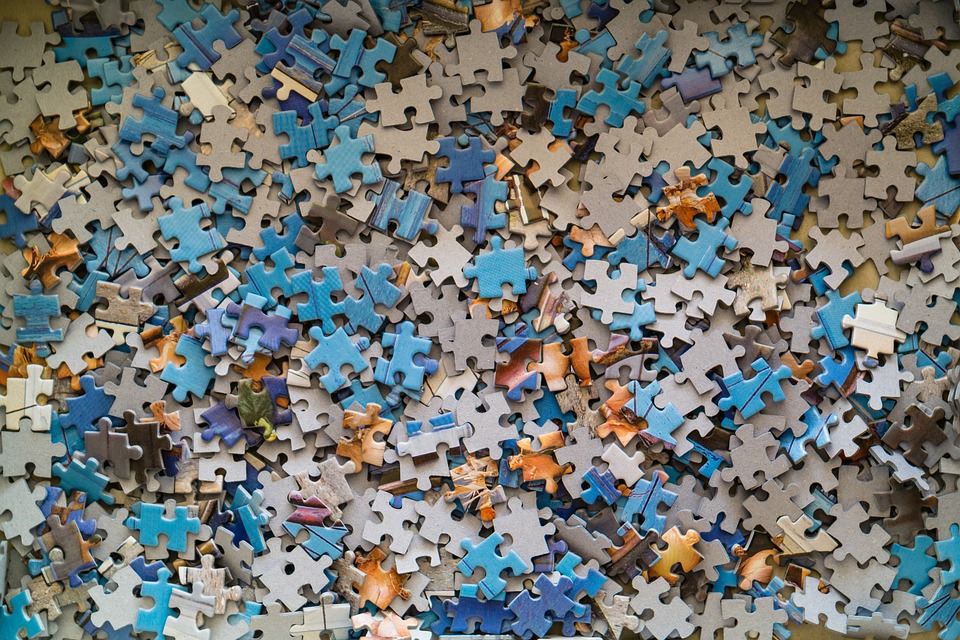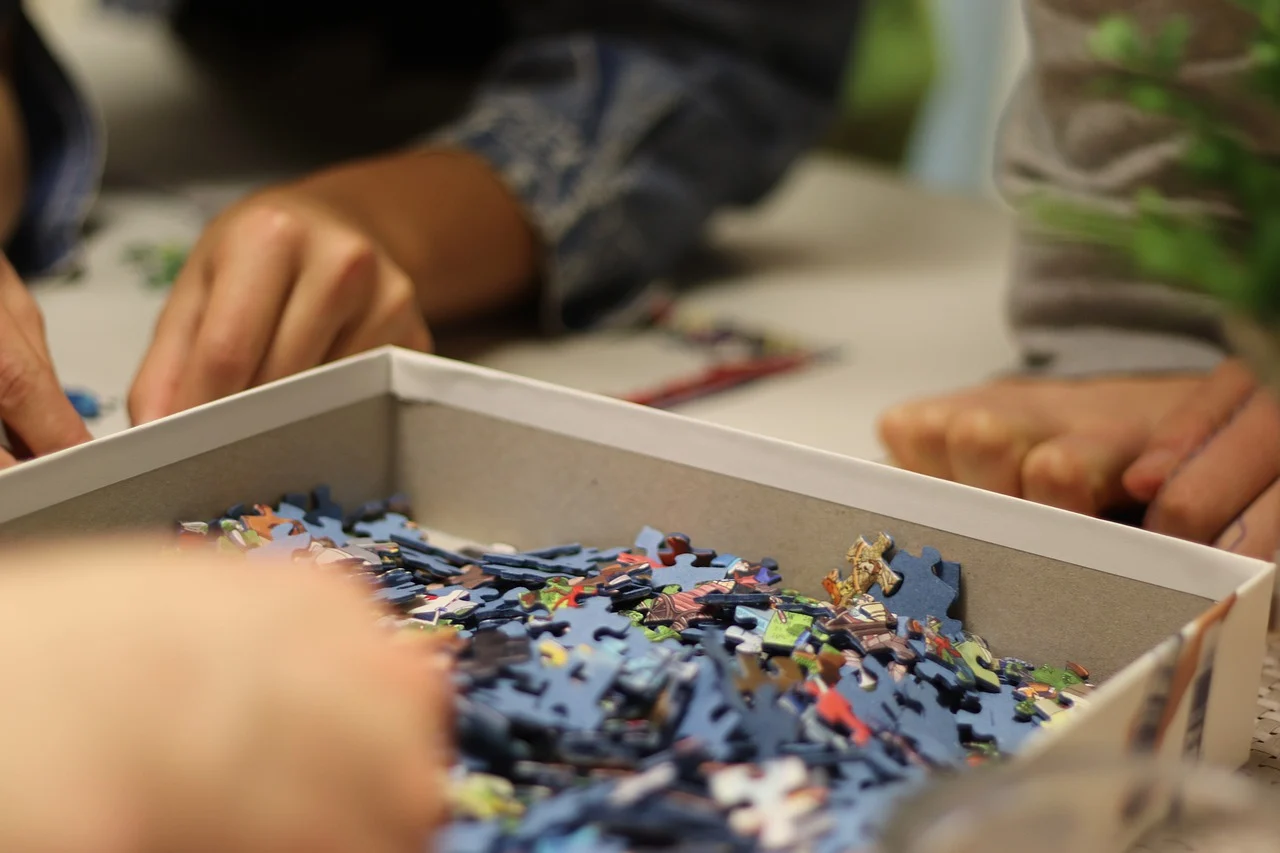English
Puzzle vs Lego: Which is the Ultimate Fun and Educational Toy for Kids?
When it comes to children's toys, parents and educators often face a tough decision between two perennial favorites: puzzles and Lego. Both have their unique merits and cater to different aspects of a child's development. In this comprehensive guide, we will delve into the differences, similarities, and unique benefits of puzzles and Lego to help you determine which is more fun and suitable for your child.
Benefits of Puzzles
Puzzles offer numerous benefits for children. They help kids understand the relationship between parts and wholes, develop spatial awareness, and learn the importance of sequence and logic. Puzzles require patience and hand-eye coordination, fostering observation skills, patience, and focus. Through trial and error, children develop problem-solving strategies, building resilience as they overcome challenges. Completing a puzzle also boosts their confidence, giving them a sense of accomplishment and independence.
Benefits of Lego
Playing with LEGO significantly enhances children's hand-eye coordination, logical thinking, creativity, and focus. As children build with LEGO, they improve their hand-eye coordination and learn to plan and sequence their actions, which boosts their logical reasoning. LEGO also encourages creativity as kids use their imagination to create unique designs. Additionally, the concentration required to complete a LEGO project helps improve their ability to focus on tasks for extended periods.
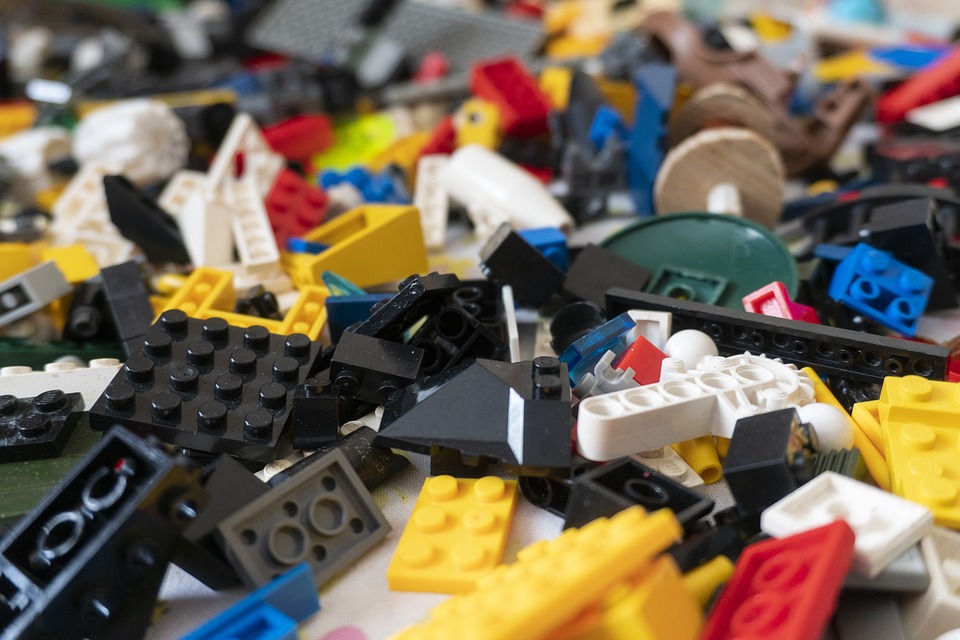
Puzzle vs. Lego
1. Gameplay
Puzzles
Puzzles are static toys that primarily involve fitting variously shaped pieces together to recreate a specific pattern or image. This gameplay relies heavily on shape matching and spatial recognition skills. The challenge lies in the player’s ability to recognize patterns, shapes, and colors to complete the image. Puzzles can range from simple designs with a few large pieces to highly intricate puzzles with thousands of tiny pieces, catering to all skill levels.
Lego
Lego, on the other hand, is a construction toy that encourages creative building and assembly using standardized plastic bricks. The gameplay with Lego focuses on creativity, design, and engineering skills. Each Lego set typically comes with instructions for building specific models, but the true fun begins when players use their imagination to create unique structures and designs. The possibilities with Lego are virtually limitless, offering a platform for continuous innovation and creativity.
2. Design
Puzzles
Puzzles are usually made from materials like cardboard, wood, or foam, and feature printed images that guide the player in assembling the pieces. The design of puzzles is primarily two-dimensional, with the main challenge being the correct assembly of the flat pieces to complete the image. The images can range from simple cartoon characters to complex and detailed landscapes or artworks, providing a visual treat upon completion.
Lego
Lego bricks are crafted from durable plastic and feature a standardized connection mechanism that allows for easy assembly and disassembly. The design of Lego sets can be both two-dimensional and three-dimensional, enabling the creation of everything from flat mosaics to intricate architectural models. Each Lego brick is a building block for endless creative possibilities, limited only by the builder’s imagination.
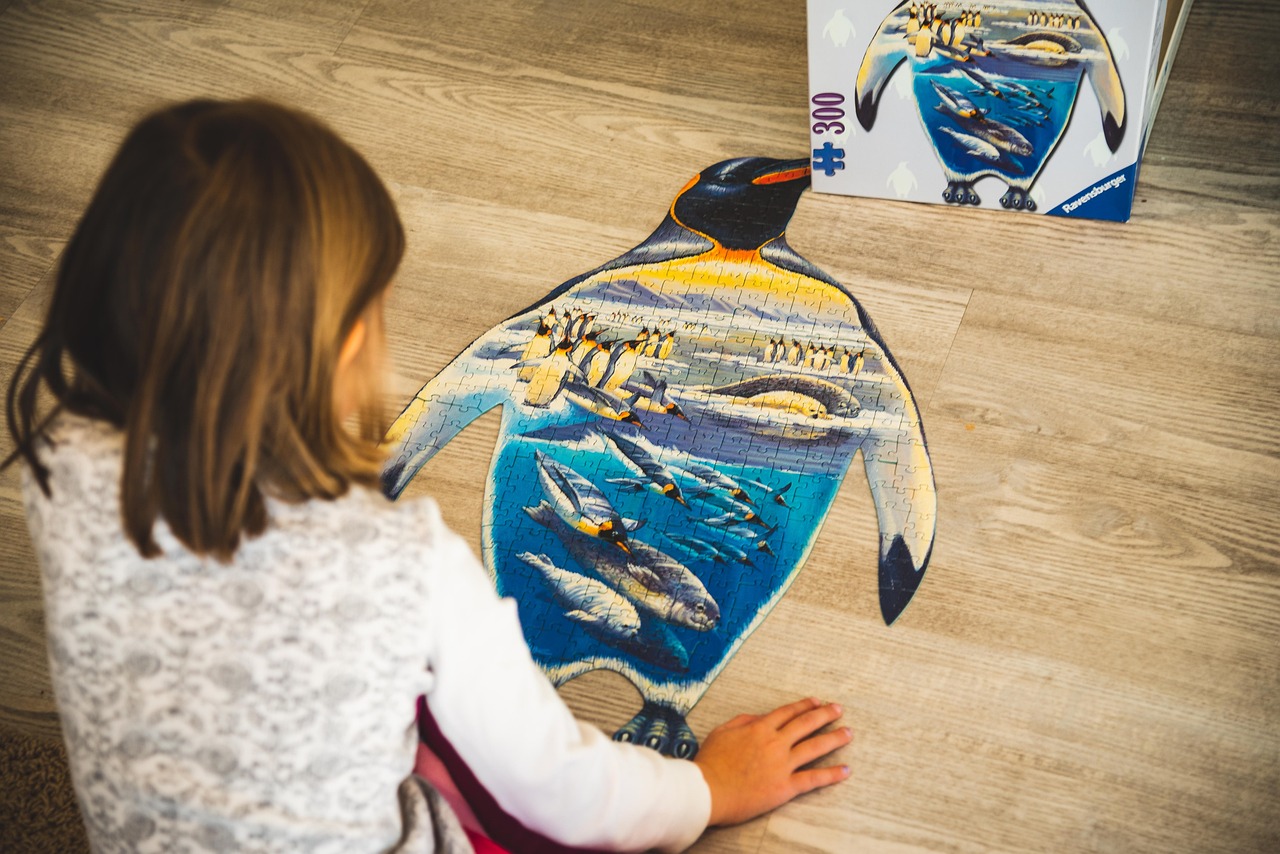
A 300-piece puzzle in the shape of a penguin
3. Uses
Puzzles
Puzzles are classic games that help develop cognitive skills, hand-eye coordination, and patience in children. By fitting together pieces of various shapes and colors, children learn basic concepts such as color recognition, shapes, and numbers. Puzzles also enhance problem-solving skills as players figure out how to assemble the pieces to form a coherent image. They are suitable for all ages, from simple 2-piece puzzles for toddlers to complex 1000-piece puzzles for older children and adults.
Lego
Lego sets are highly creative toys that stimulate a child's imagination, creativity, and motor skills. Through the assembly of Lego bricks, children can construct various models such as airplanes, cars, castles, and robots. The versatility of Lego encourages children to experiment with different designs and structures, fostering a deep sense of creativity and innovation. Additionally, Lego sets can be thematic, encompassing various interests such as space exploration, medieval castles, or modern cities.
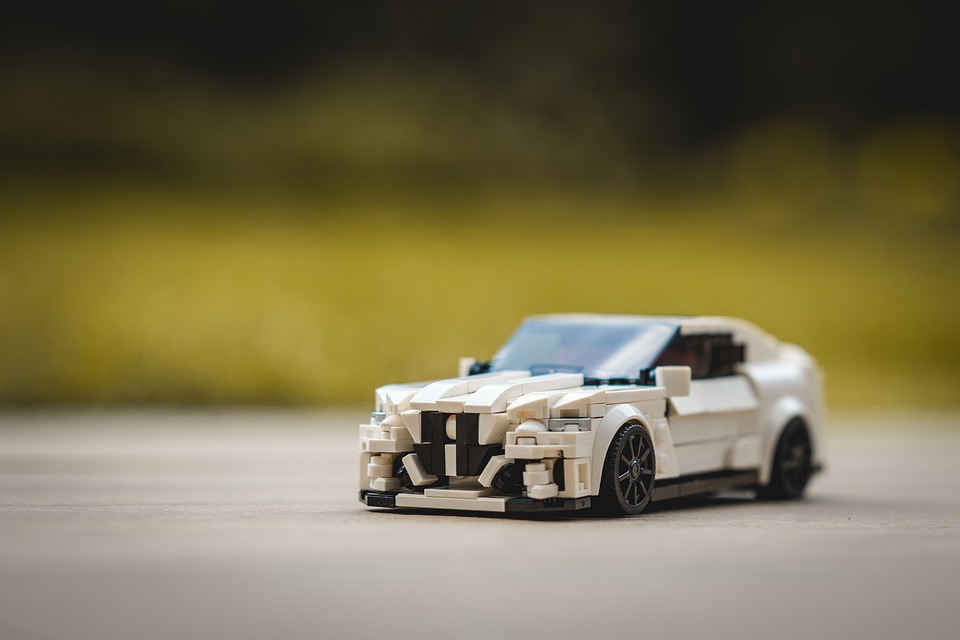
Lego Cars
4. Age Suitability
Puzzles
Puzzles are suitable for all age groups, including both children and adults. They come in varying difficulty levels, from simple puzzles with large pieces designed for young children to more challenging ones with smaller pieces and complex designs aimed at older children and adults. The adaptability of puzzles makes them a timeless activity for families to enjoy together.
Lego
Lego sets are also designed for various age groups, from toddlers to adults. There are different series of Lego products that cater to the complexity and creative demands of different age ranges. For instance, Duplo bricks are larger and easier to handle for younger children, while more intricate sets like the Lego Technic series are geared towards older children and adults who enjoy sophisticated engineering and design challenges.
Similarities Between Lego and Puzzles
While puzzles and Lego are different in many ways, they share several similarities that make them both excellent choices for children's development:
Educational Value: Both puzzles and Lego help develop critical thinking, problem-solving skills, and cognitive abilities. They challenge the brain and promote mental agility.
Patience and Perseverance: Completing a puzzle or building a complex Lego model requires patience and perseverance. Both activities teach children the value of persistence and the satisfaction of completing a challenging task.
Hand-Eye Coordination: Both toys enhance hand-eye coordination. Assembling puzzle pieces or connecting Lego bricks requires precise movements and coordination.
Family Bonding: Both activities provide an opportunity for family bonding. Parents and children can work together to complete a puzzle or build a Lego set, fostering communication and teamwork.
Combining Puzzles and Lego
For a more enriching play experience, puzzles and Lego can be combined. For instance, a child can complete a puzzle and then use the finished image as inspiration for a Lego model. This combination allows children to apply their puzzle-solving skills and creative building abilities, enhancing their overall development.
Conclusion
In the end, whether puzzles or Lego are more fun depends on a child’s individual preferences and developmental needs. If a child enjoys learning basic concepts and improving hand-eye coordination, puzzles may be more suitable. On the other hand, if a child is highly creative, imaginative, and enjoys hands-on building, Lego might be the better choice.
Ultimately, both puzzles and Lego offer tremendous educational and developmental benefits. Encouraging children to engage with both types of toys can provide a well-rounded play experience that promotes cognitive development, creativity, and problem-solving skills. The key is to support children in exploring and enjoying the unique challenges and rewards that each type of toy brings, helping them find joy and fulfillment in their playtime.
Zhorya is one of the leading wholesale puzzle manufacturers offering a wide range of high-quality puzzles to meet your needs. Visit us at www.zhorya.com to explore our collection and find the perfect puzzle for your business.
